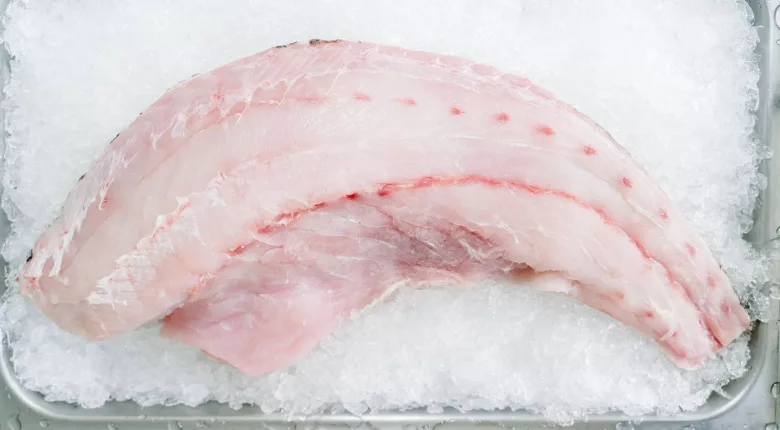Study Shows How Microplastics Contamination Affects Cell-Based Food During Production

Image credit: Deane Bayas via Pexels
A recent study from researchers with the Virginia Seafood Agricultural Research and Extension and the Texas A&M University Department of Food Science and Technology has demonstrated the food safety concern of microplastics contamination in cell-based seafood.
Cell-based meat, also called “cultivated,” “cultured,” or “lab-grown” meat, has become a topic of increasing relevance in recent years as these products come closer to entering the market. Although some legislation has been introduced in U.S. states and in other countries to preemptively ban or restrict the marketing of cultivated meat products, countries like the U.S., Australia, and the UK are working with industry to ensure safety of the novel foods and introduce cell-based products to market. Cultivated meat is produced from animal cells that are proliferated in specialized growth mediums to form edible muscle tissue reflective of meat taken from the animal itself.
As cell-based meat becomes more of a reality in the marketplace, it is important to investigate the possible food safety hazards found in cell culture production. The production environment for cell-based meat—the laboratory—serves as a potential avenue for microplastics contamination, as studies have shown the pervasive nature of microplastics in laboratory settings, caused by the degradation of plastic equipment, containers, and consumables. The production of cell-based meat requires a number of plastic instruments, such as bioreactors, pipettes, cell culture flasks, and other food-contact equipment. Additionally, as the study focuses on seafood, the source animals from which cells are derived raise a concern due to the ubiquitous presence of microplastics in marine ecosystems and animals.
For the study, the researchers used Atlantic mackerel skeletal muscle cell lines to examine the effects of microplastic exposure, represented by fluorescent polyethylene microspheres sized 10–45 micrometers (µm) on cell performance including cell proliferation, cell viability, gene expression, and differentiation processes critical for cultivated meat production. The study used the Trypan Blue Assay for cell viability assessment for microplastic concentrations of 1 μg/milliliter (mL), 10 μg/mL, and 50 μg/mL, alongside a control without microplastics.
The results revealed significant impacts on cell attachment and proliferation at microplastic concentrations of 1 μg/mL, 10 μg/mL, and 50 μg/mL. Notably, the 10 μg/mL concentration exerted the most pronounced effects on cell viability during both attachment and proliferation phases.
The study’s findings highlight the interplay between microplastics and cellular mechanisms, which may have potential consequences affecting cellular processes. The authors stress the importance of further research on the broader effects of microplastics on cellular systems, not only to advance biotechnological applications, but also to understand the potential long-term impacts on human and environmental health.
Looking for quick answers on food safety topics?
Try Ask FSM, our new smart AI search tool.
Ask FSM →









